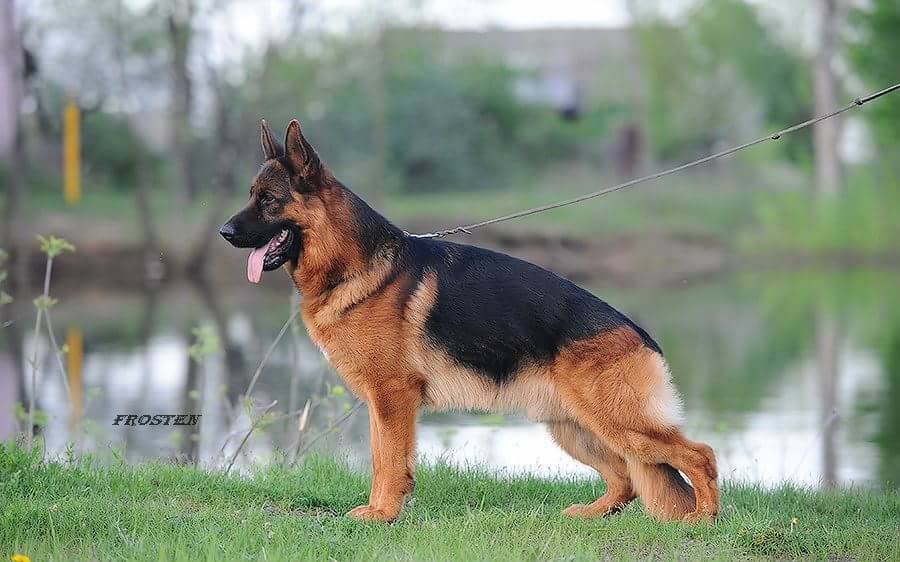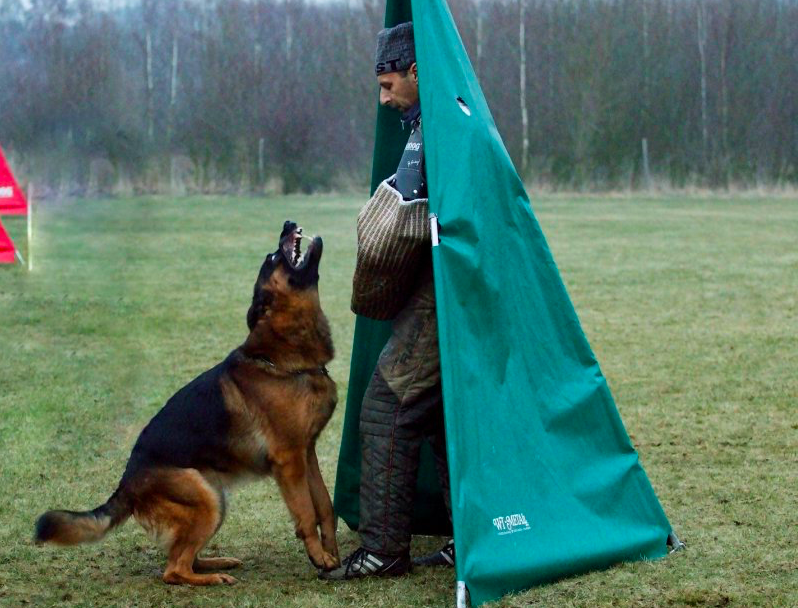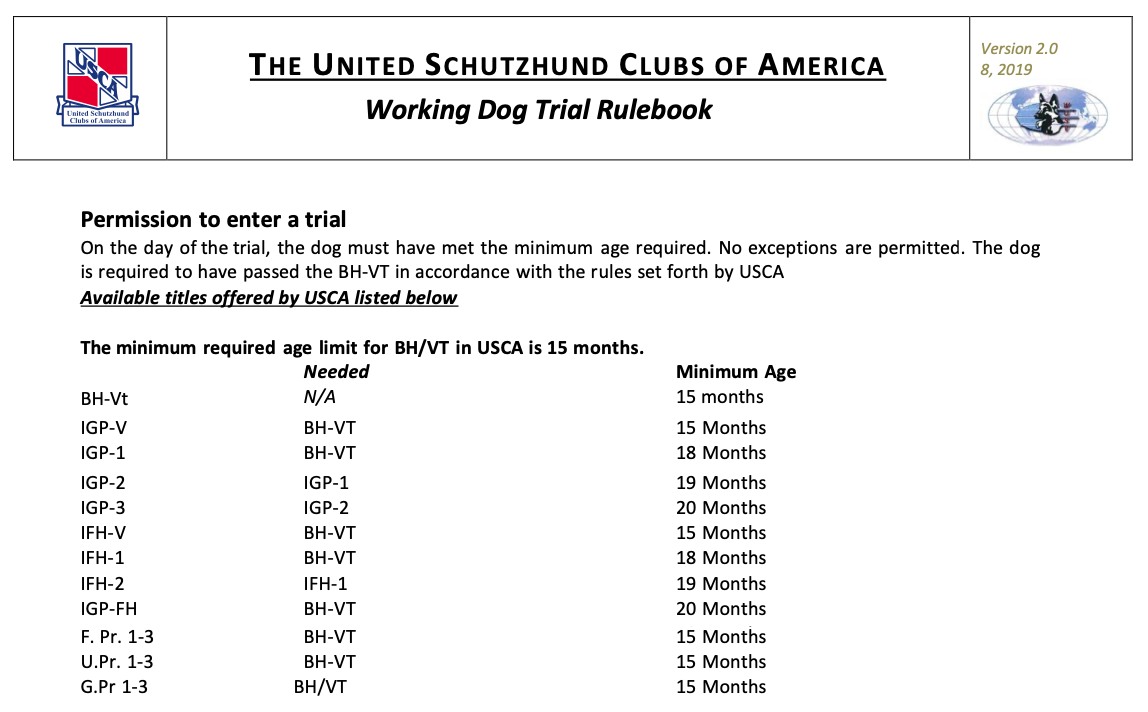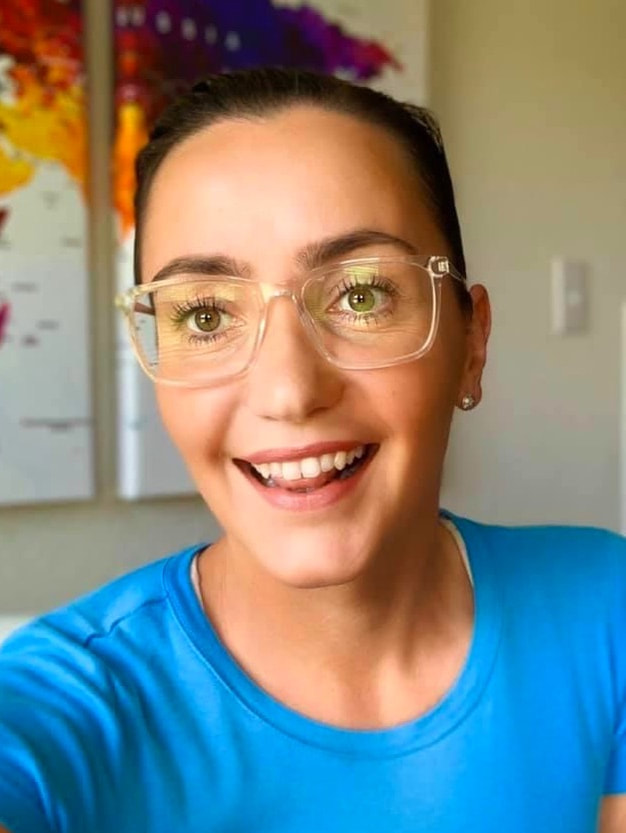IMPORTANT FOR ALL PUPPY OWNERS!Must Read:
IMPACT OF EXERCISE ON PUPPY GROWTH PLACES (FOR ALL RACES) When it comes to puppies, it may be tempting to exercise them to ′′ drain ′′ that limitless energy they have, but it's important to consider the impact exercise can have on their growth plates. When can I take my puppy for a run with me? When can my puppy start competing in agility tasks? When can my puppy follow me on a bike? These are all important questions puppies owners often ask. While there's no doubt about the fact that puppies love to be active and move, even to the point of exhaustion, as with most things in life, something even good, in excess, can have an impact negative, and in this case give rise to problems in the skeletal system during our pup's development. What are growing plates in puppies? Puppy bones are surrounded by layers of soft cartilaginous tissue that is under development and is found toward the end of most long bones. These soft cartilage areas are known as growth plates or more technically epiphisary plates. Scottish surgeon John Hunter studied growth plates in great detail in the late th century. Studies on growing chickens revealed that bones don't develop from the inside out, but that bones grow right where growth plates are located. John Hunter's studies gave him the nickname ′′ father of the growth plate ′′ and his contributions have surely helped both humans and animals. As you can imagine, since plates are made of soft and developing cartilage, they are vulnerable and can be quite prone to injury. Damage to puppy growth plates When it comes to the skeletal development of puppies, it's important that the bones experience uniform growth-basically synchronized growth that occurs evenly and at the same speed. If a growth plate injury occurs, the growth of damaged cells may decline and stop, which means there may no longer be growth in that area. When the growth of the affected side is delayed or stopped, the healthy side can continue to grow and that irregularity can lead to potential deformity. For example, when the injured ulna growth plaque stops growing, the radio bone will continue to grow and will lead to a bone that is slightly longer than the other causing inclined legs, explains veterinarian Dr. Gary. Puppies are particularly prone to injury during vigorous exercise because they lack coordination and don't have much muscle strength. In addition to excessive and exhausting exercise, injuries can occur in a puppy's growth plates due to a fracture, such as may occur when falling or being sharply struck by something. While these fractures can heal, the bone can grow unequally, which, as we have seen, could lead to bone deformity. If, therefore, you suspect an injury to the puppy's growth plates or if you notice any anomaly, consult your vet immediately. Injury prevention on puppy growth plate Puppies need proper exercise as they grow and develop, but moderation is the key. It is therefore important to be careful especially with high-impact activities, such as repeatedly jumping, catching a Frisbee, raffle obstacles, or jogging on hard surfaces like asphalt. The grass offers a more suitable surface and better traction compared to hard cement or asphalt. Continuous vigorous exercise should be avoided, activities involving sudden changes in direction or very gross games. When do the puppy growth plates close? As the puppy develops, its growth plates are closing as calcium and minerals harden soft areas, but exactly when they close? Since dogs develop at different rates depending on size and breed, there isn't a single rule that fits all. For example, Chihuahua's growth plates will be closed long before puppies of bigger breeds as a Great Danish. Overall most skeleton growth occurs when puppies are between 3 and 6 months old. Afterwards, longitudinal growth decreases, and from 10 to 12 months or to 18 months in large / giant dog breeds, most growth plates have been merged and closed. However, some suggest that the process can last up to 20 months. How can a dog owner know for sure if his dog's growth plates have been closed or not? The best option is to talk to the vet before starting to subject the puppy to any regimen of sport exercise or rigorous training. For more tranquility, keep in mind that with an x-ray it is possible to see whether the bones have fused or not. In an X-ray, the veterinarian will determine whether the growth plate has been transformed into a solid and integral part of the bone, leaving its only trace of existence in the form of an epiphissary line as seen in the above image. Effects of hormones Hormones are known to play a role in a puppy's growth plates and skeleton development. As we've seen growth plates usually close when a dog is between 12 and 20 months old, depending on breed and size. This matches the end of puberty in the dog. Male and female sex hormones are known to play a key role in bone growth plates. Therefore, if a dog is spayed or neutered before puberty, there is a delay in the closure process, which makes affected dogs more likely to develop problems such as hip dysplasia, cross ligaments breakage, or cancer bone. Delaying castration in large breed dogs can help reduce the incidence of these problems. Written by Adrienne Farricelli Fuente: Daily Dog Discoveries Puppy featured: Anna King Of Zion
0 Comments
Zeal's 1/2 brother during his protection work - Kros Best Of The Gods History
The first Schutzhund (now referred to as “IPO”) trial was held in Germany in 1901 to emphasize the correct working temperament and abilities in the German Shepherd Dog breed. Originally, these dogs were herding dogs, but the industrialization of Germany encouraged breeders to promote the use of their dogs as police and military dogs. The Verein fur Deutsche Schaferhunde (SV), the parent club, became concerned that this would lead to careless breeding and undesirable traits such as mental instability, so it developed the Schutzhund test. Since then, many other countries and working dog organizations have also adopted Schutzhund (or IPO) as a sport and a test of working performance in dogs. International rules have been established, and they are administered by the Verein fur Deutsche Hundesport (VDH). The IPO titles are comprised of 3 phases. In each phase, the presiding judge observes and assesses the dog for sound working temperament, as defined in the USCA rules for working dog trials. Phase 1: TrackingAt all levels, track is laid earlier by a person walking normally on a natural surface such as dirt or grass. For IPO 1 and FRr 1 titles, the track is laid by the handler. For IPO 2 or 3, FPr 2 or 3 and higher level tracking titles, the track is laid by a stranger. The track includes a number of turns and a number of small, man made objects left by this person on the track itself. At the end of a 10 meter leash, the handler follows the dog, which is expected to scent the track and indicate the location of the objects, usually by lying down with it between its front paws. The tracking phase is intended to test the dog’s trainability and ability to scent, as well as its mental and physical endurance. Phase 2: ObedienceThe obedience phase includes a series of heeling exercises, some of which are closely in and around a group of people. During the heeling, there is a gun shot test to assure that the dog does not openly react to such sharp noises. There is also a series of field exercises in which the dog is commanded to sit, lie down, and stand while the handler continues to move. From these various positions, the dog is recalled to the handler. With dumbbells of various weights, the dog is required to retrieve on a flat surface, over a one-meter hurdle, and over a six-foot slanted wall. The dog is also asked to run in a straight direction from its handler on command and lie down on a second command. Finally, each dog is expected to stay in a lying down position away from its handler, despite distractions, at the other end of the obedience field, while another dog completes the above exercises. All of the obedience exercises are tests of the dog’s temperament, structural efficiencies, and, very importantly, its willingness to serve its owner. Phase 3: ProtectionThe protection phase tests the dog’s courage, physical strength, and agility. The handler’s control of the dog is absolutely essential. The exercises include a search of hiding places, finding a hidden person (acting as a decoy), and guarding that decoy while the handler approaches. The dog is expected to pursue the decoy when an escape is attempted and to hold the grip firmly. The decoy is transported to the judge with the handler and dog walking behind and later at the decoy’s right side. When the decoy attempts to attack the handler, the dog is expected to stop the attack with a firm grip and no hesitation. The final test of courage occurs when the decoy is asked to come out of a hiding place by the dog’s handler from the opposite end of the trial field. The dog is sent after the decoy who is threatening the dog with a stick and charging at the handler. All grips during the protection phase are expected to be firmly placed on the padded sleeve and stopped on command and/or when the decoy discontinues the fight. The protection tests are intended to assure that the dog possesses the proper temperament for breeding. The IPO Titles The BH or companion dog title is a pre-requirement for IPO titles. All breeds and sizes are eligible with the minimum age requirements of 15 months. There are three levels of the IPO test: IPO 1, IPO 2, IPO 3 In addition to the IPO titles listed above, the United Schutzhund Clubs of America offers several other training degrees: the STPr, FH 1, FH 2, and IPO-FH tracking degrees; the AD which is an 12.5 mile endurance test (one of the requirements for the Breed Survey); separate obedience, protection and tracking titles that reflect the routines for IPO 1, 2, & 3 levels; and RH titles. IPO 1 For IPO 1 the dog must be at least 18 months old and pass an initial temperament test by the judge. In tracking, it must be able to follow a track laid by its handler at least 20 minutes earlier. In obedience, the dog must heel off leash, demonstrate the walking sit, the walking down, and the long down under distraction, as well as the send-out. It must retrieve on the flat and over a hurdle, and over the scaling wall. In the protection phase, the dog must search 2 blinds, perform escape and courage test exercises, and demonstrate a side transport. IPO 2 For IPO 2 the dog must be at least 19 months old and must already have earned its IPO 1 degree. In tracking, the IPO 2 candidate must be able to follow a track laid by a stranger at least 30 minutes earlier. It must again pass all of the obedience and protection tests required for the IPO 1 degree, but those tests, for IPO 2, are made more difficult and require greater endurance, agility, and, above all, control. There is an additional walking stand exercise required in obedience. In protection, the dog must search 4 blinds and demonstrate a back transport of the decoy in addition to the IPO exercises. IPO 3 For IPO 3, the dog must be at least 20 months old and must have earned both the IPO 1 and the IPO 2 titles. Again, the tests now are made far more difficult. The track has four turns, compared with two turns for IPO 1 and 2, and there are three objects, rather than two, that must be found by the dog. The track must be laid by a stranger and be at least 60 minutes old. All exercises in obedience and protection are demonstrated off leash. The walking stand is replaced by the running stand. The picture of obedience, strength, eagerness, and confidence presented by an excellent IPO 3 team is a beautiful illustration of the partnership of human and dog. |
from Lucie:It is my pleasure to share with you updates about our dogs and our kennel along with valuable educational tips and best practices. Archives
April 2023
Categories |




 RSS Feed
RSS Feed